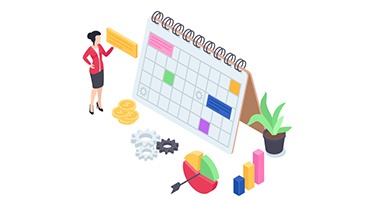This blog was originally published on June 7, 2018.
So you’re just getting started with Salesforce, a powerful Customer Relationship Management (CRM) platform that offers users a great deal of functionality, and unlimited possibilities! Or, maybe you are using Association Management Solutions (AMS) powered by Salesforce, such as Fonteva or Nimble AMS.
What is the best way to hit the ground running with your shiny, new CRM? Our fusionSpan Salesforce team shares a few common issues, and tips on how to avoid them as a new Salesforce user.








